Stephen Hawking, by the standards of his peers, has only made a name for himself as a “great scientist” because of his disability, ALS (Lou Gherig’s Disease). We, the buying public seek out his wisdom through his writings, but would probably be less willing to do so if he were not depicted contorted, and on a wheelchair, as he was in his first publically-available book “A Brief History of Time”.
Similarly, I would want to think that as a buying public of record albums, that it is best to think of anyone we put on our turntables as musicians, rather than as “disabled”. I want to hear your music first. Then you can brag about playing the piano without fingers, or whatever. The problem with each of the following records, the artists seem to want us to know that they have a disability before we buy the record. So, seeing their picture on the cover, one tends to feel slightly embarrassed for them, the way I do when I open my cover of Hawking. I like my music purchases to be more about music and not so much about records whose covers treat their artists as carnival attractions. Thus I have to admit that the only reason that other Internet sites (these are ubiquitous on a search for crappy album covers) find them crappy, it is because of who these people are, not because of some aesthetic misjudgement or other form of idiocy on the designer’s part. They are crappy album covers, but for all the wrong reasons.
The following record covers are offered without my usual smart-aleck comments. They are here, because they, like many of my albums, seem to be a staple of Crappy Albums lists. I just thought I would offer any striaght dope I could find on these people.
| Roy Thackerson, or The Fingerless Fiddler, lost his eyesight in one eye and most of the fingers in his left hand at age 6 due to being too close to a blasting cap at the time of explosion.
He apparently is quite the bluegrass fiddler, enough to say that he has been a judge for fiddling contests in Nashville over a 17 year period. He has also played at the Grand Old Opry. |
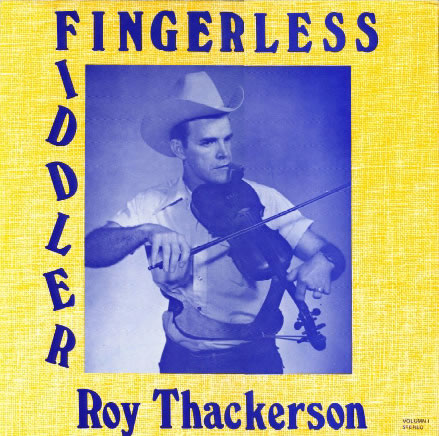 |
| When even Wikipedia says that this 1968 album by The Braillettes is often listed as one of the worst album covers of all time (with several references given), it is difficult to talk straight about this album.
The young girl in the front, Maggie Liebniz, is the only one who is not blind. Her boyfriend and later husband, John Skoglund, took this photo of them. The names of the other two are Jackie Overalls and Kay Smith. It is likely that this is their only album. The three hail from Alameda, California. |
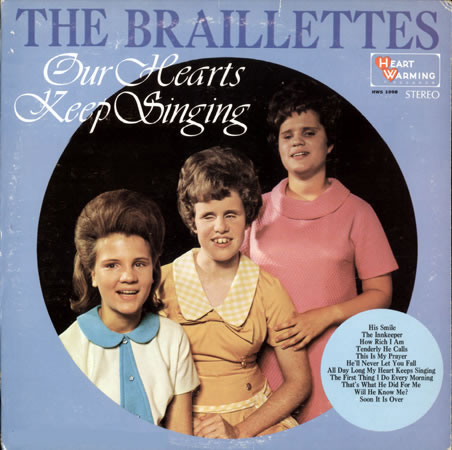 |
| There are no references to this album that I can find anywhere on this person, not even her name.
There are, however, pages upon pages upon pages of Google references to this cover on “worst album cover” lists. I gave up after the third page. |
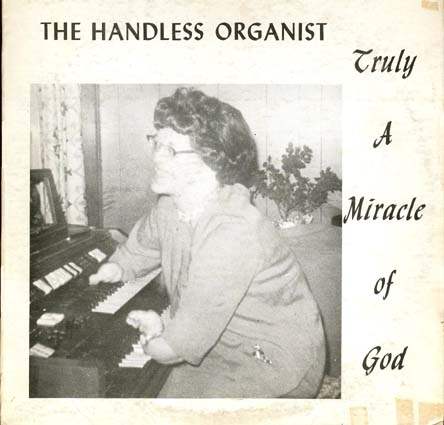 |
| The Addicts 1975 release, a Gospel album called “The Addicts Sing” is a collectors’ item, whose asking price on some websites hovers around $70.00, depending on the condition. The tan box between the two lads on the bottom of the cover is a quote from II Corinthians 5:17, a quote having to do with the Ministry of reconciliation.
These guys are 9 former heroin addicts who, it seems, made the record while in prison, and presumably got early relseases after dropping their habit and turning over a new leaf. |
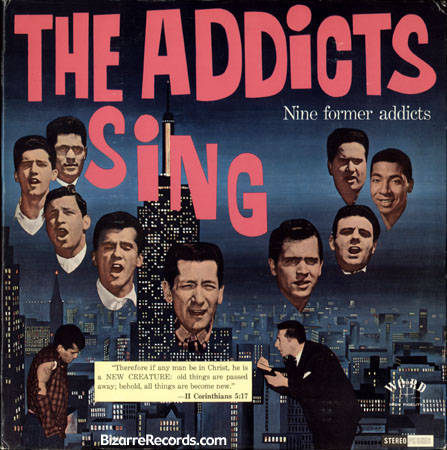 |
| UPDATE! UPDATE! UPDATE! Yes! I now have the much -talked about and much grossed-out over back cover! It is one thing to say it’s gross, but it is much more effective to show you! | 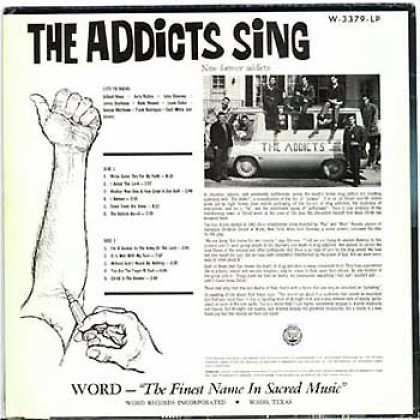 |
Visits: 135
